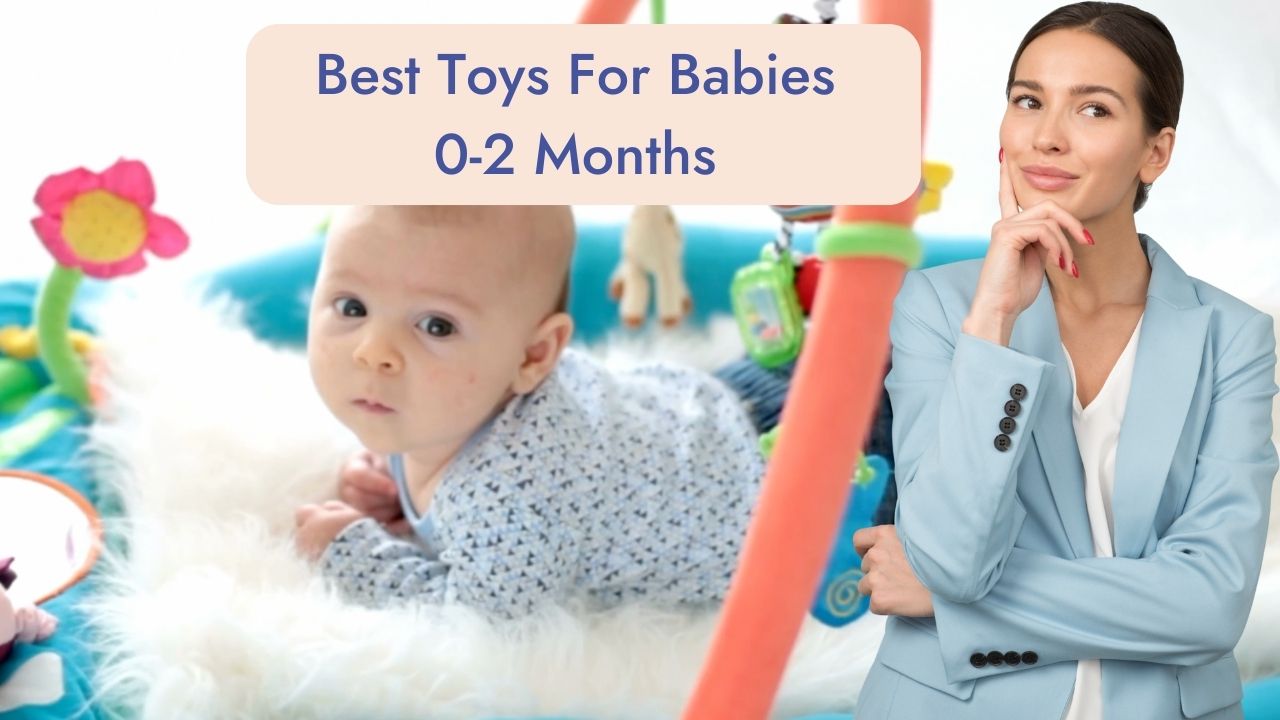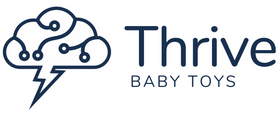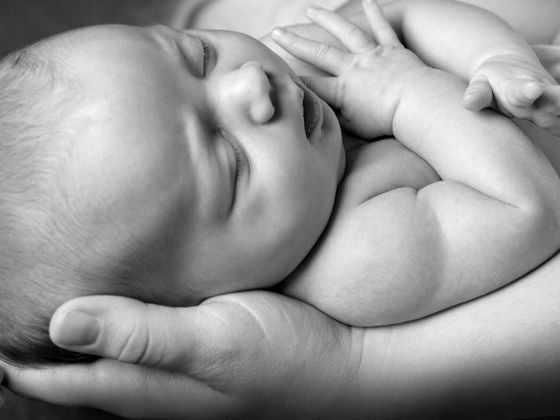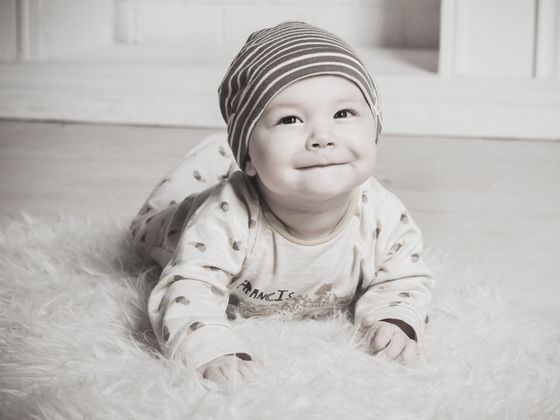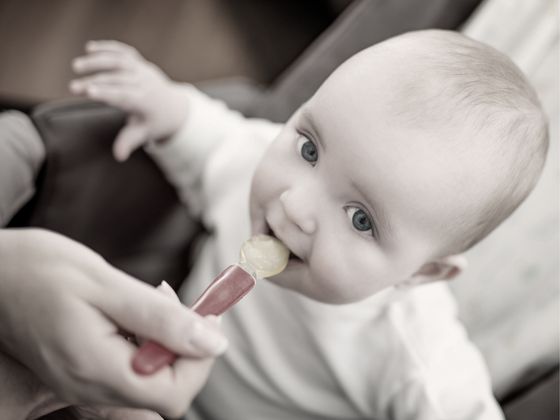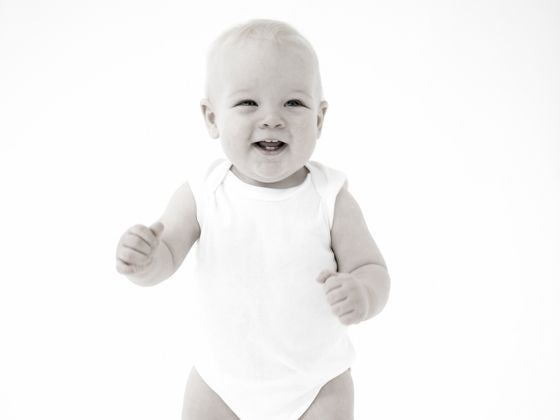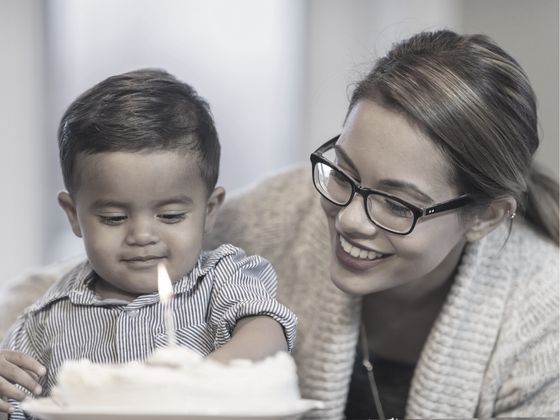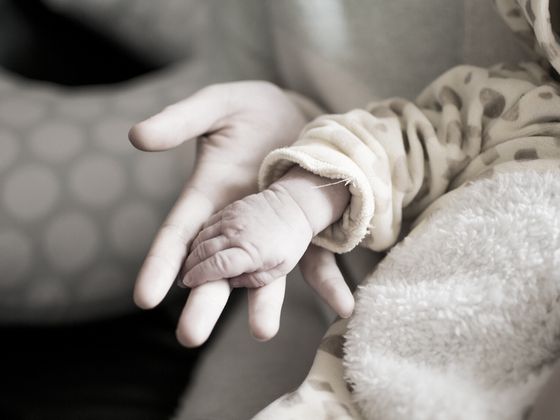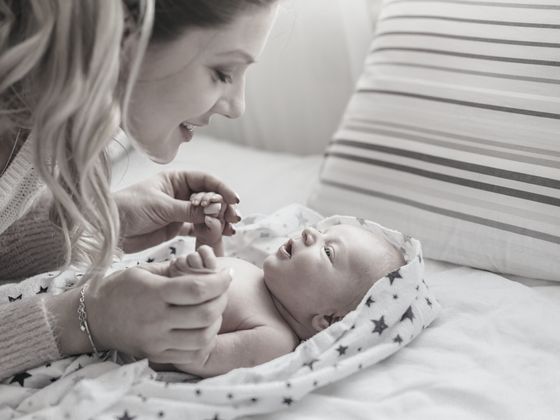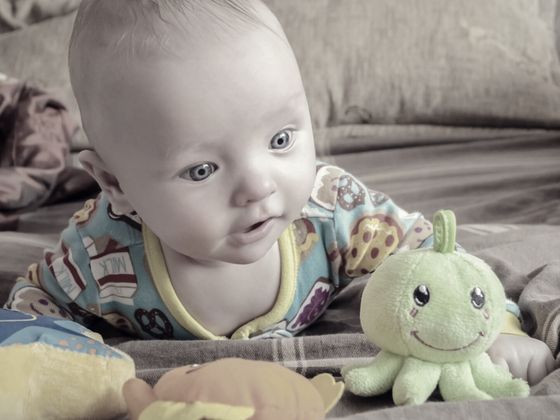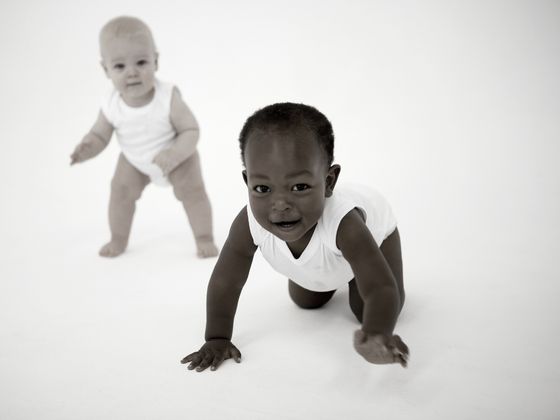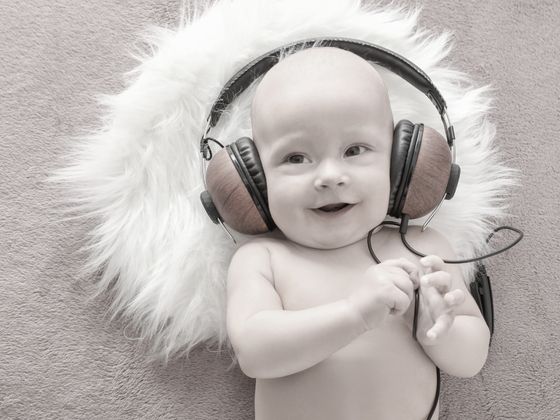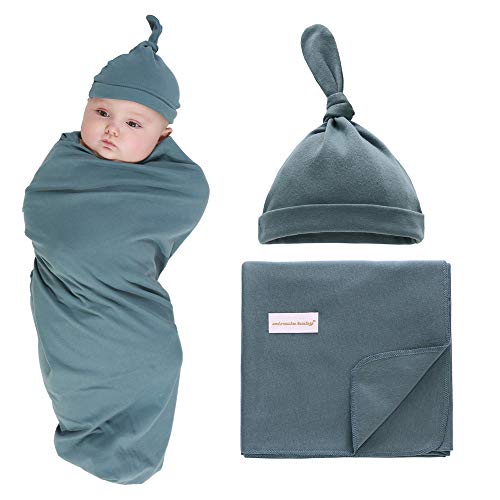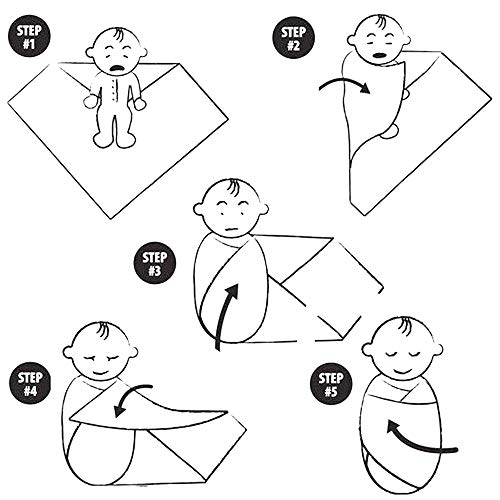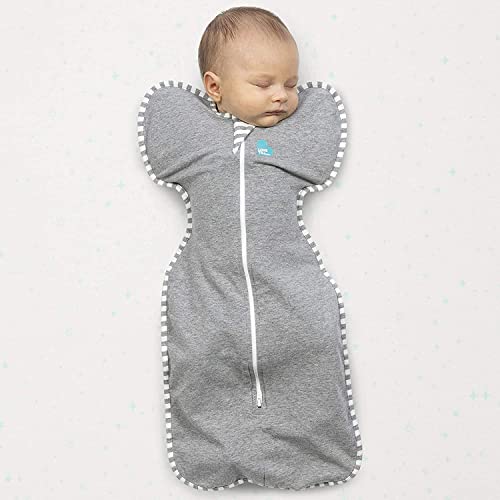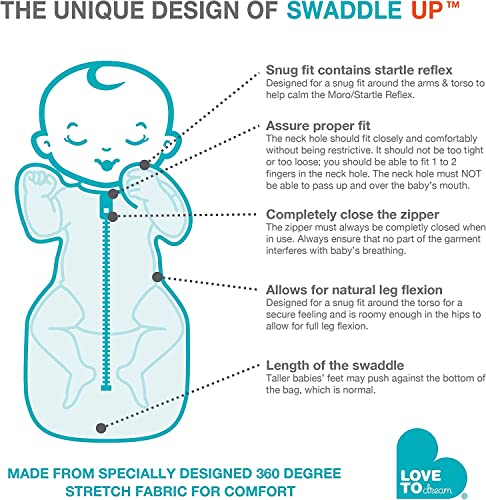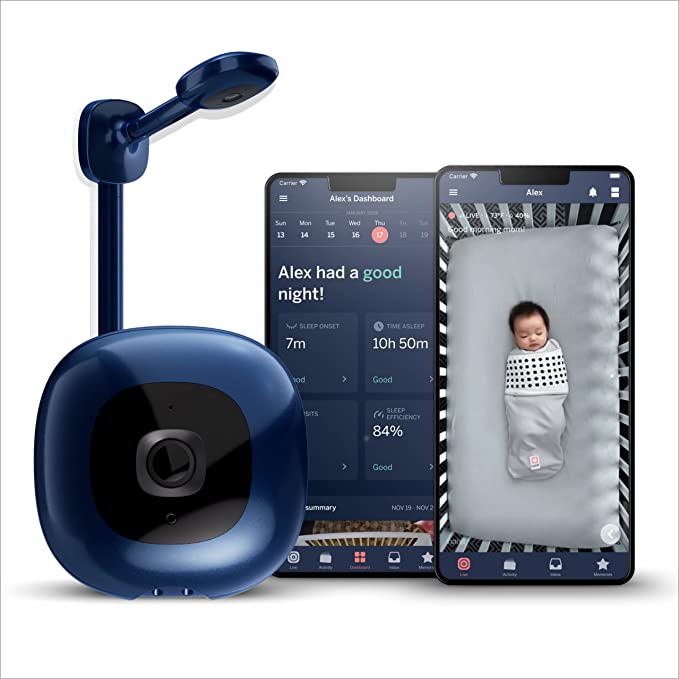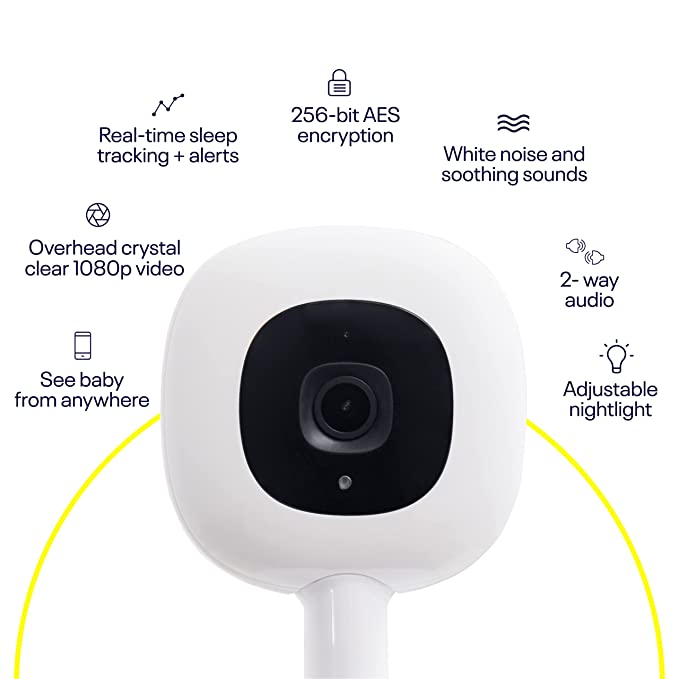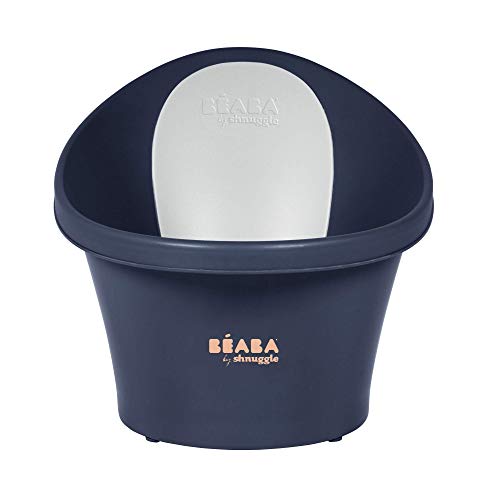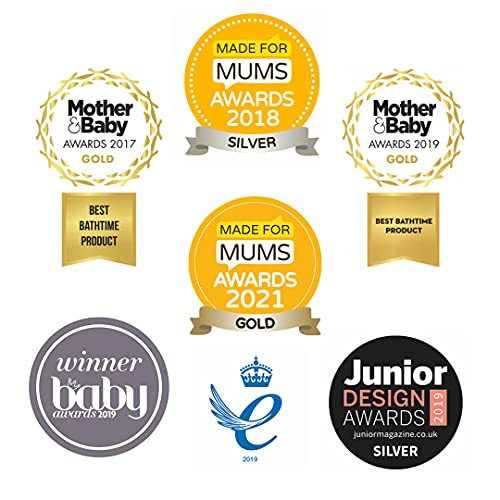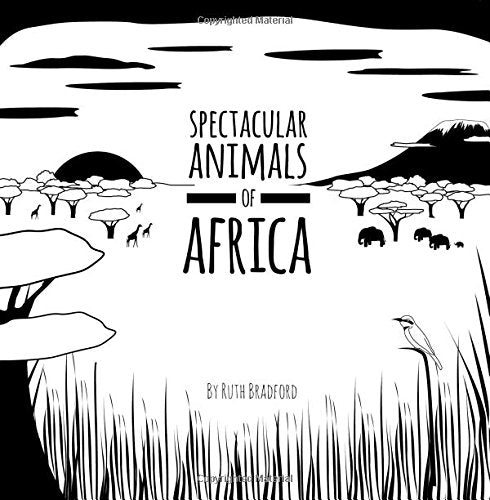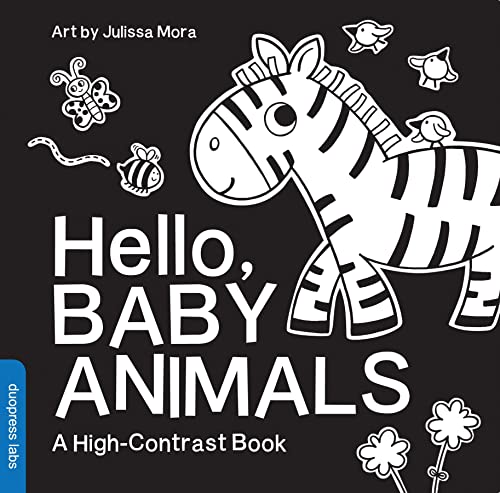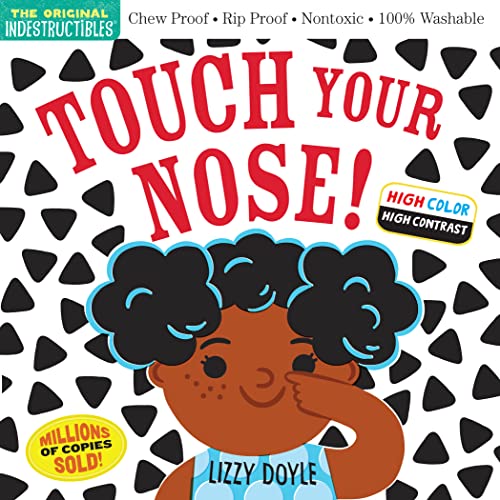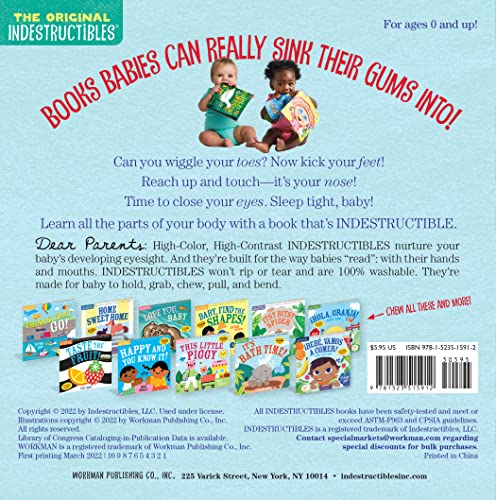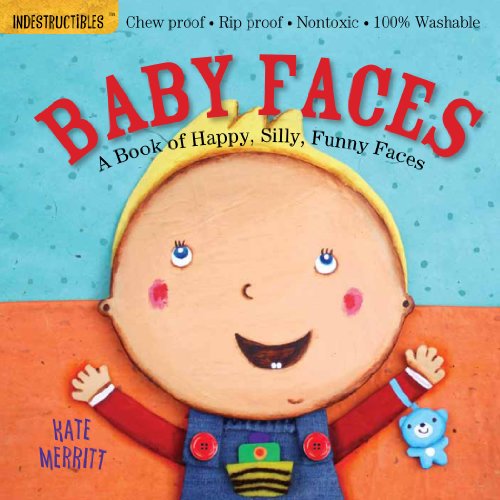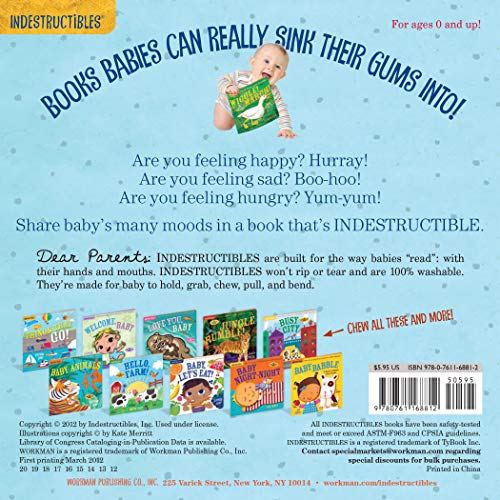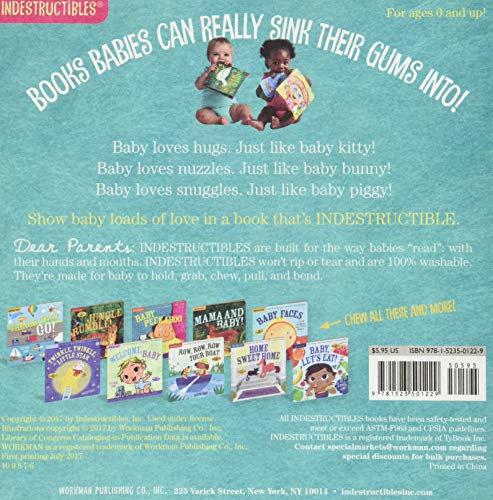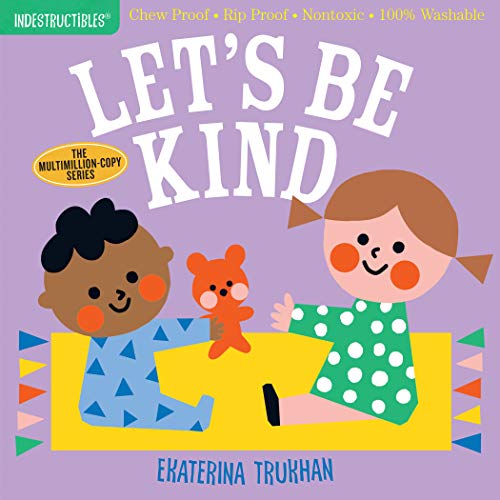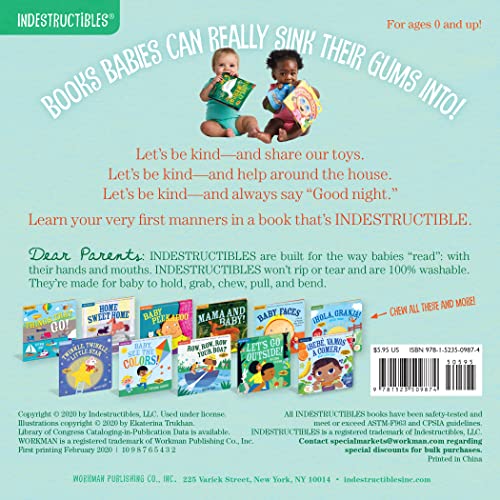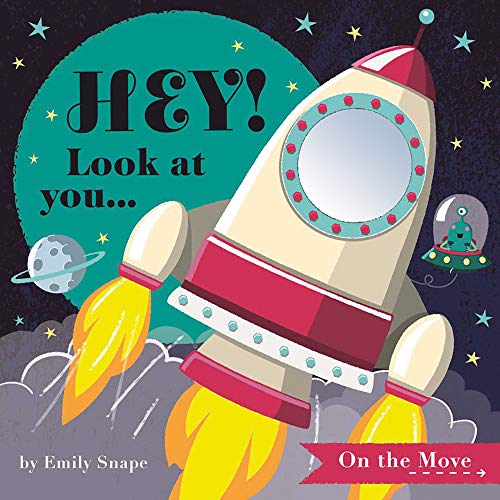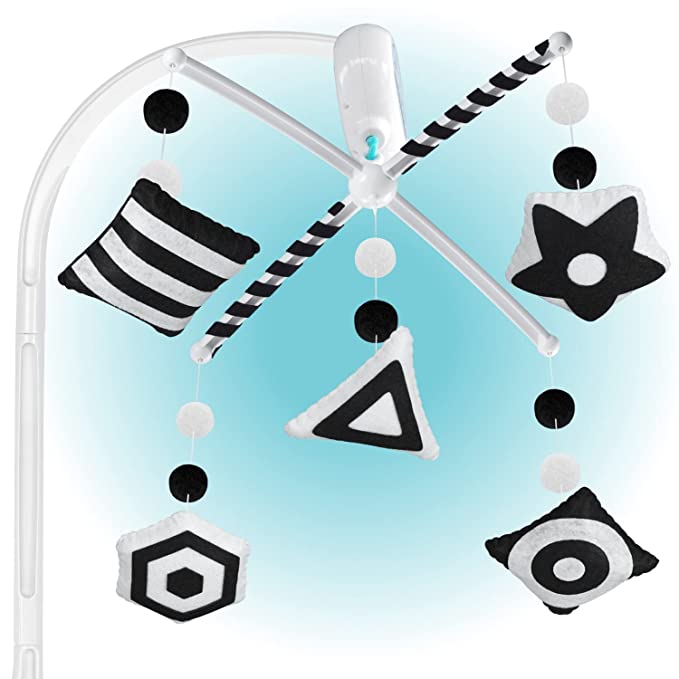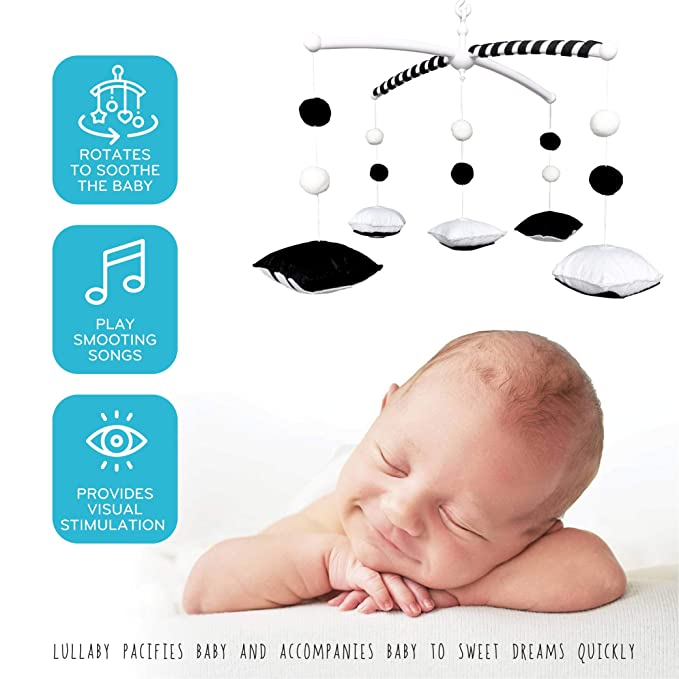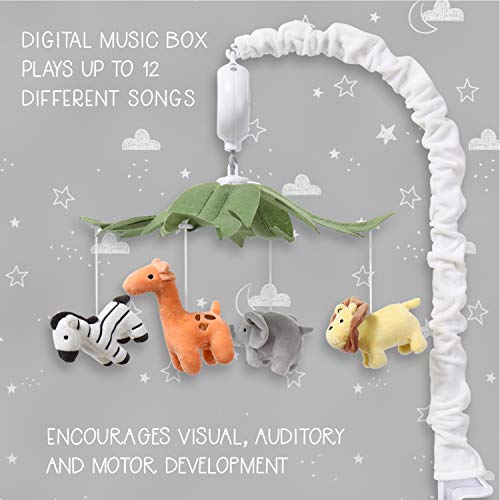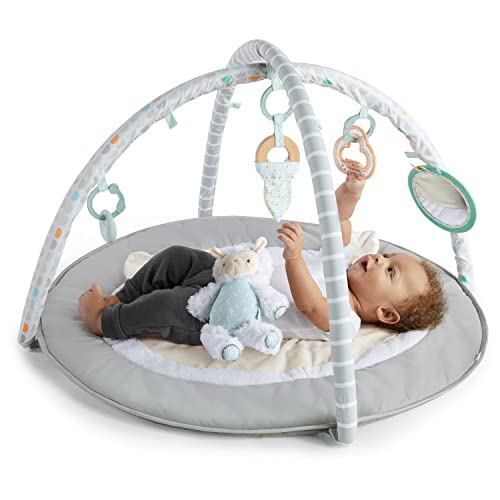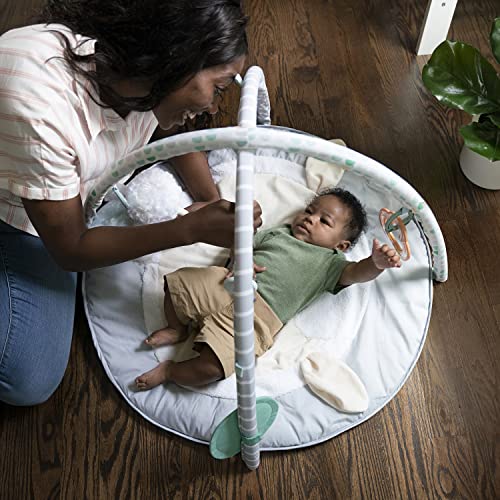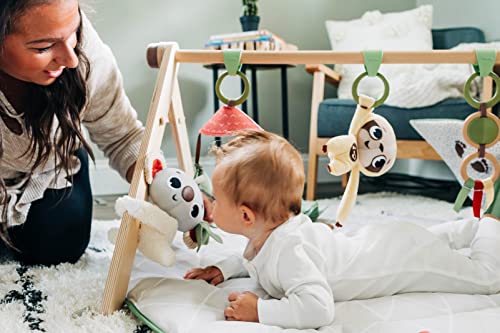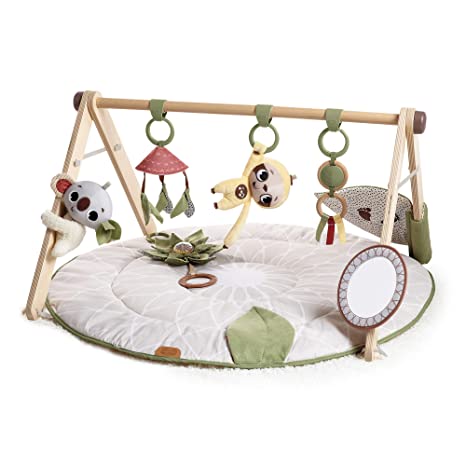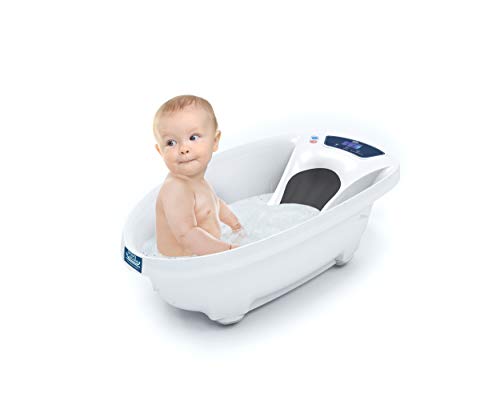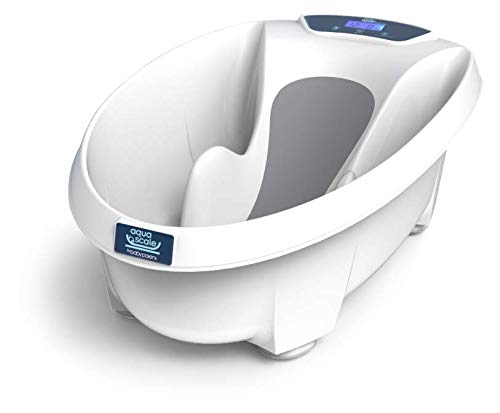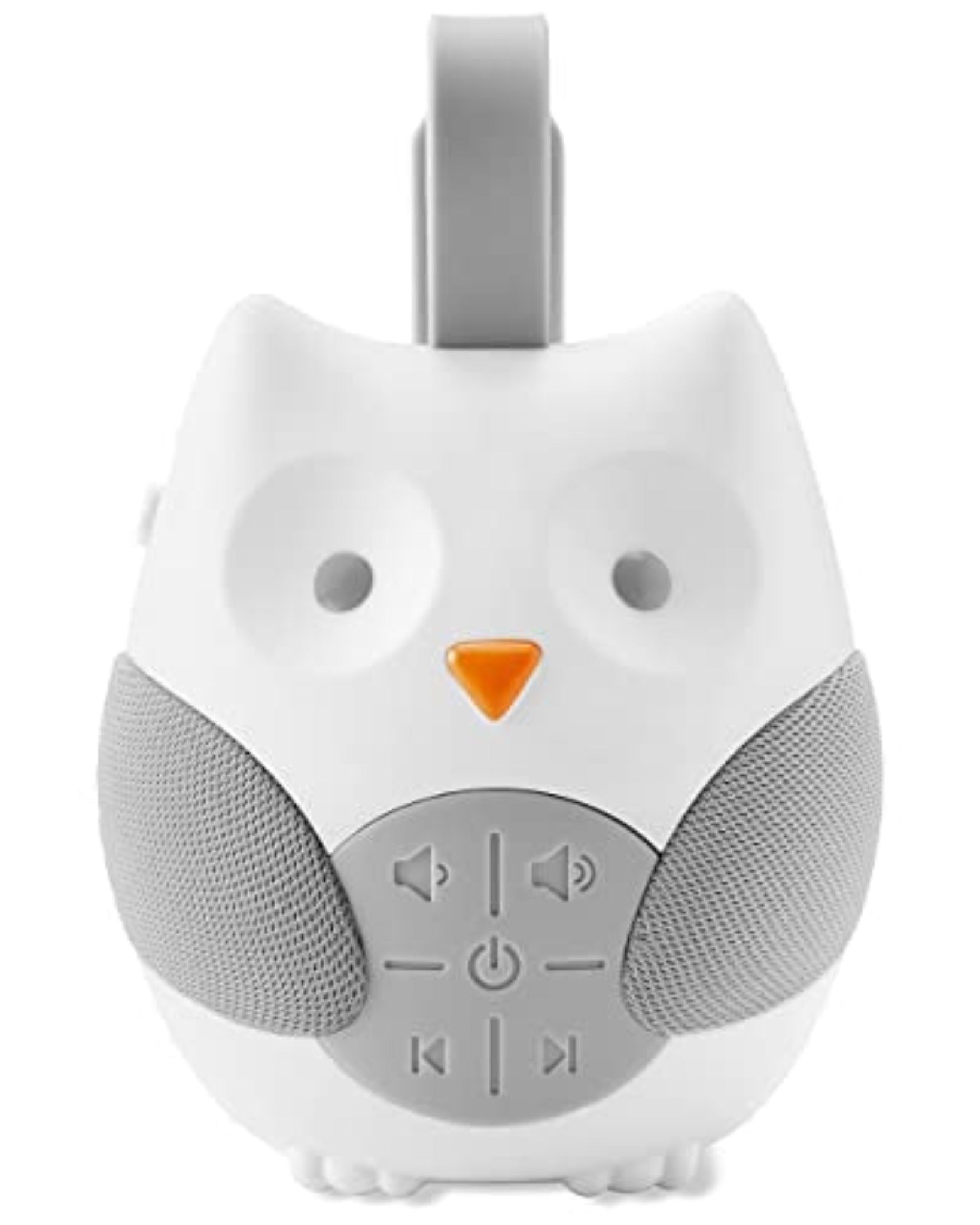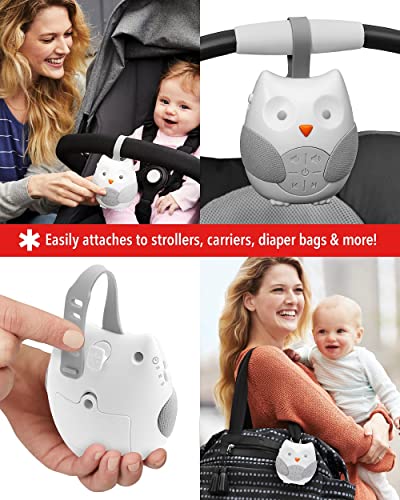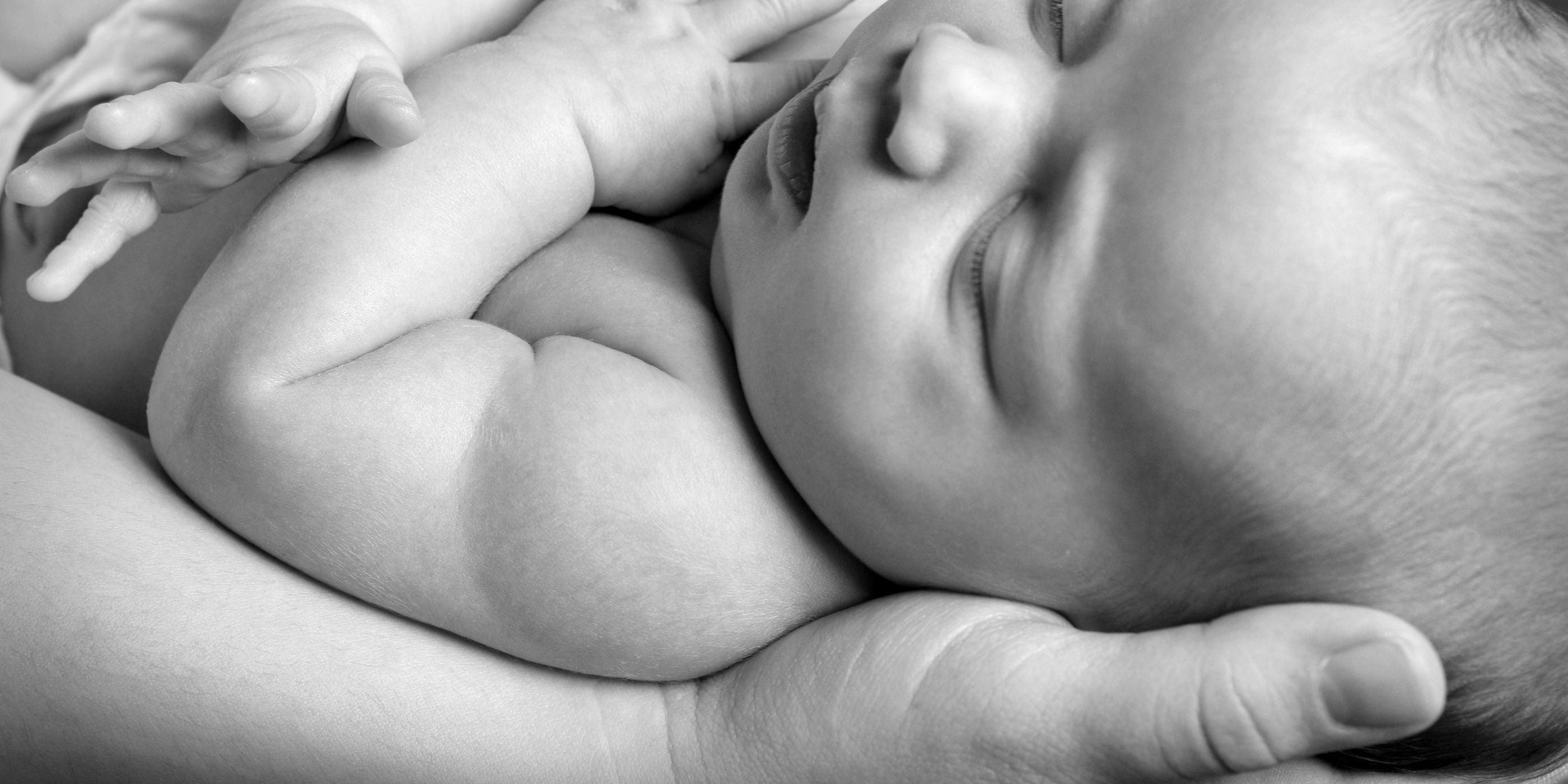
Best Toys for Babies 0-2 Months
Did you know the first 12-week period after your baby is born is called the fourth trimester? Your baby adjusts to being outside the womb, and you adjust to your life as new (or consecutive) parents. While it might seem like your baby is mostly feeding, crying and sleeping, the newborn brain is actually busy processing information, and learning. There are simple things you can do to help your baby thrive. Explore brain-building toys that can make a difference across 5 development areas.
0-2 Months Social & Emotional Development
From birth, babies are learning who they are by how they are treated. Loving relationships give babies a sense of comfort, safety, confidence, and encouragement. The first couple of months are a time for bonding and taking care of your baby’s most basic needs. Some parents might feel an instant connection with their baby while for others it can take weeks or months to feel that special bond. Given the first crying usually peaks at 6 weeks of age the number one question many parents have is “How do I soothe a crying baby?”. The right products can help with both bonding and soothing—some not strictly speaking toys.
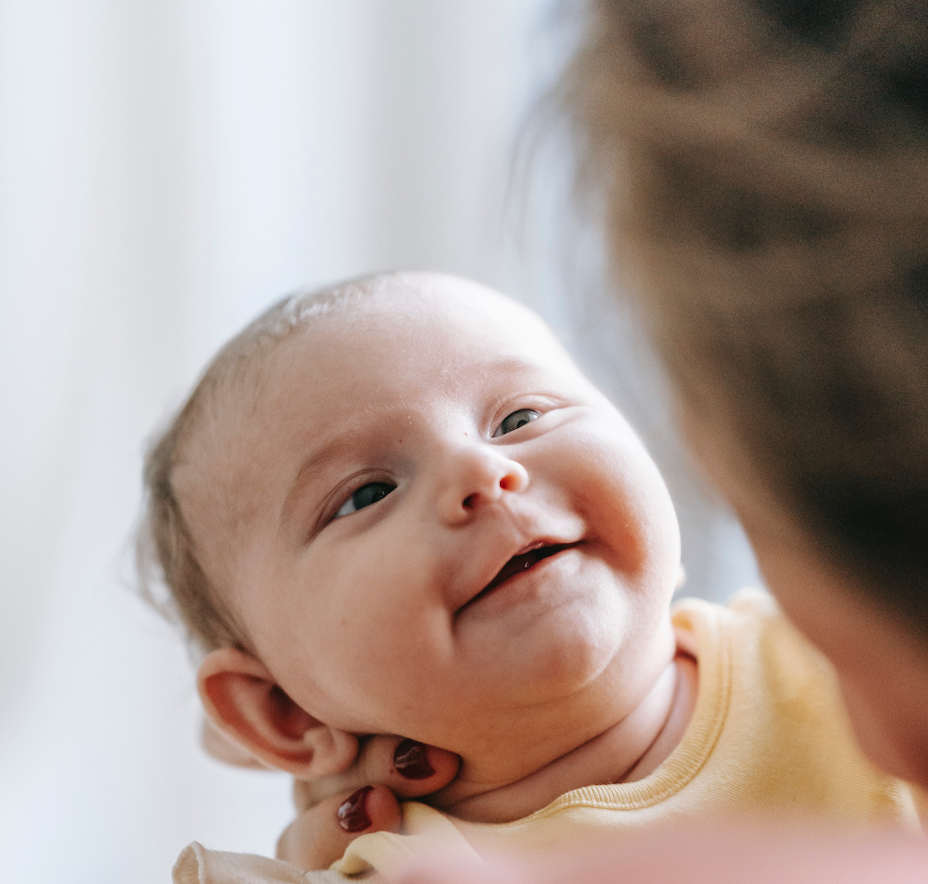
0-2 months Social & Emotional
Milestones
- Calms down when spoken to or picked up
- Looks at your face
- Seems happy to see you when you walk up to her
- Smiles when you talk to or smile at her
- Begins to recognize familiar faces and voices
- Responds to caregiver's touch, voice, and facial expressions
- Enjoys being held and cuddled
- Develops a sense of trust and security with primary caregivers
0-2 months Social & Emotional development
How You Can Help Your Baby Thrive
Bonding:
- Respond promptly when your baby cries. A baby camera or baby monitor can help you make sure you never miss a beat.
- Have eye-contact, smile and hold your baby with plenty of skin-on-skin time. Get comfortable with a nursing pillow during feedings, and wear your baby in a baby carrier when you're on the move.
- Make funny faces, sounds, talk to them, read books, sing songs and play music to them - try a music player.
- During the first few weeks of your baby's life, knowing that their weight gain is on track can help put your mind to rest, so you can focus on bonding with your little one. A baby scale can be a great tool for monitoring that your baby's weight is developing as expected.
Soothing & Sleep:
- Try the 5 S's (Swaddle, Side Position, Shush, Swing, Suck), supervised.
- Swaddling can help your little one calm down and sleep more soundly.
- Baby bouncers and baby swings imitate the rocking motion your baby is familiar from in the womb or when you hold them in your arms. This can be calming and comforting for your baby.
- Babies may be able to fall asleep faster with white noise machines. It blocks out household noises, and some machines have a heartbeat setting mimicking the mother, which can be comforting for newborns. Make sure to place white noise machines at least 7 feet away (200 cm) from your baby's crib to avoid damaging their hearing.
- Gently bouncing your baby on a yoga ball or stability ball can be a game changer.
- Try a rainmaker for a handy help when you need to soothe your baby quickly.
- On the go? Get a portable white noise machine that attaches to your pram and a pram rocker to soothe your baby.
- Around 8-12 weeks your baby will start producing sleep hormones, and become more aware of the world around them. When that happens, they'll start to need a dark room in order to sleep well also during naps.
- Put your baby to bed at the same time each night in a quiet, dark room, and establish a sleep routine and healthy sleep habits such as a bath, song, bedtime story and a mantra e.g. “Good night, darling”. Get a comfortable bath tub, read storybooks your baby can enjoy, and try baby massage—add baby massage oils for extra pampering!
- Smart bassinets and cribs, as well as smart mattresses and mats can be effective in helping your baby stay asleep.
- Get a night light to help with night feedings and diaper changes to avoid rousing your baby too much during the night.
0-2 Months Language & Communication Development
It turns out, newborns aren’t just letting language wash over them. In a recent study using brain imaging technology, researchers found that 3-day-old babies could pick out individual words from a stream of continuous speech (Flo et al 2019). They pay special attention when we speak to them in the slow repetitive, melodic register known as “infant-directed speech” (or "baby talk"). Babies actively prefer to be addressed in this distinctive way, and for good reason. It’s harder to make sense of speech when it’s fast and monotone. When we speak more musically — varying our pitch — it grabs a newborn’s attention, and helps the baby understand our emotions. When we slow down and repeat key words, it helps babies crack the code. Researchers have documented this preference in babies who were just 2 days old (Cooper and Aslin 1990). Cue in lots of baby talk and bedtime stories!
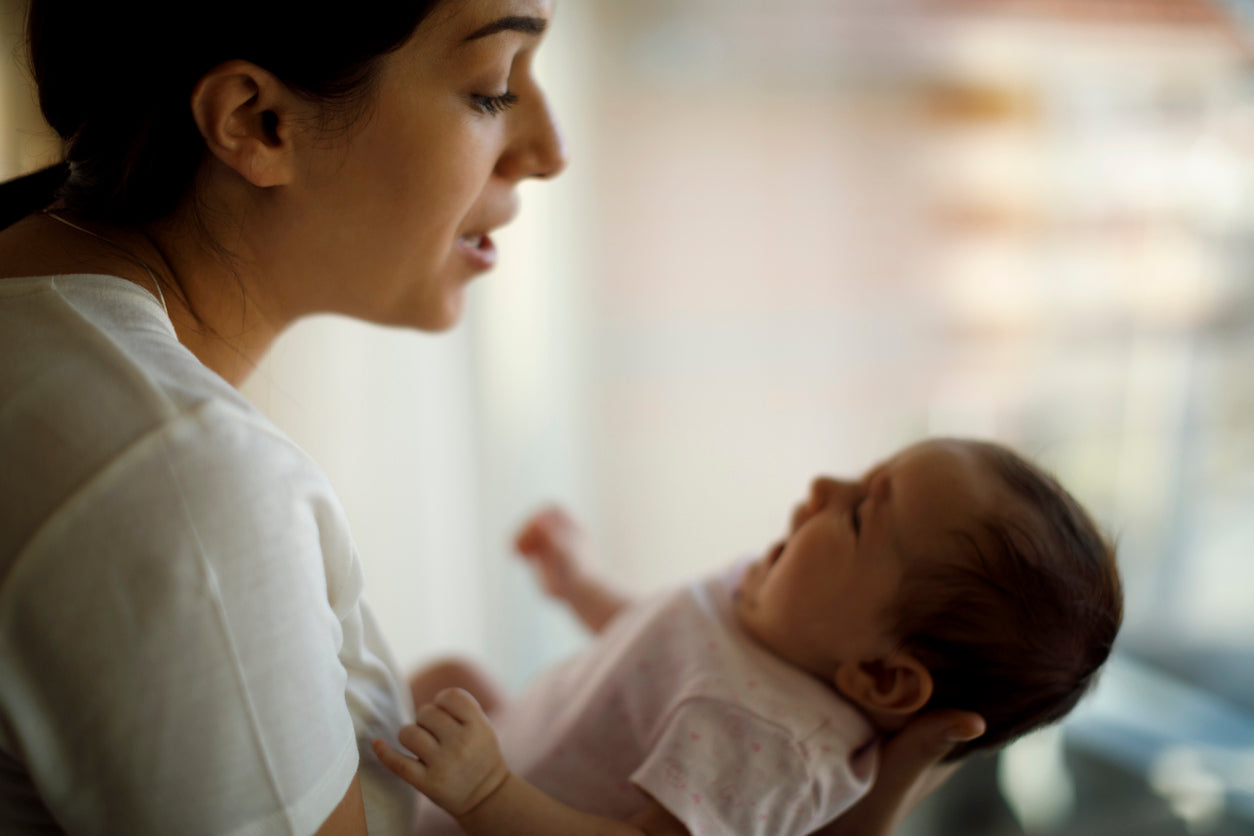
0-2 months Language & Communication
Milestones
- Makes sounds other than crying. Your baby may begin vocalizing anytime between the first few weeks and the second month, progressing from random experimental sighs and coos to sounds that are actually directed at toys, pets, objects and people. Around the 2-month mark, most babies will have developed a personal repertoire of vowel sounds, cooing and gurgling.
- Reacts to loud sounds.
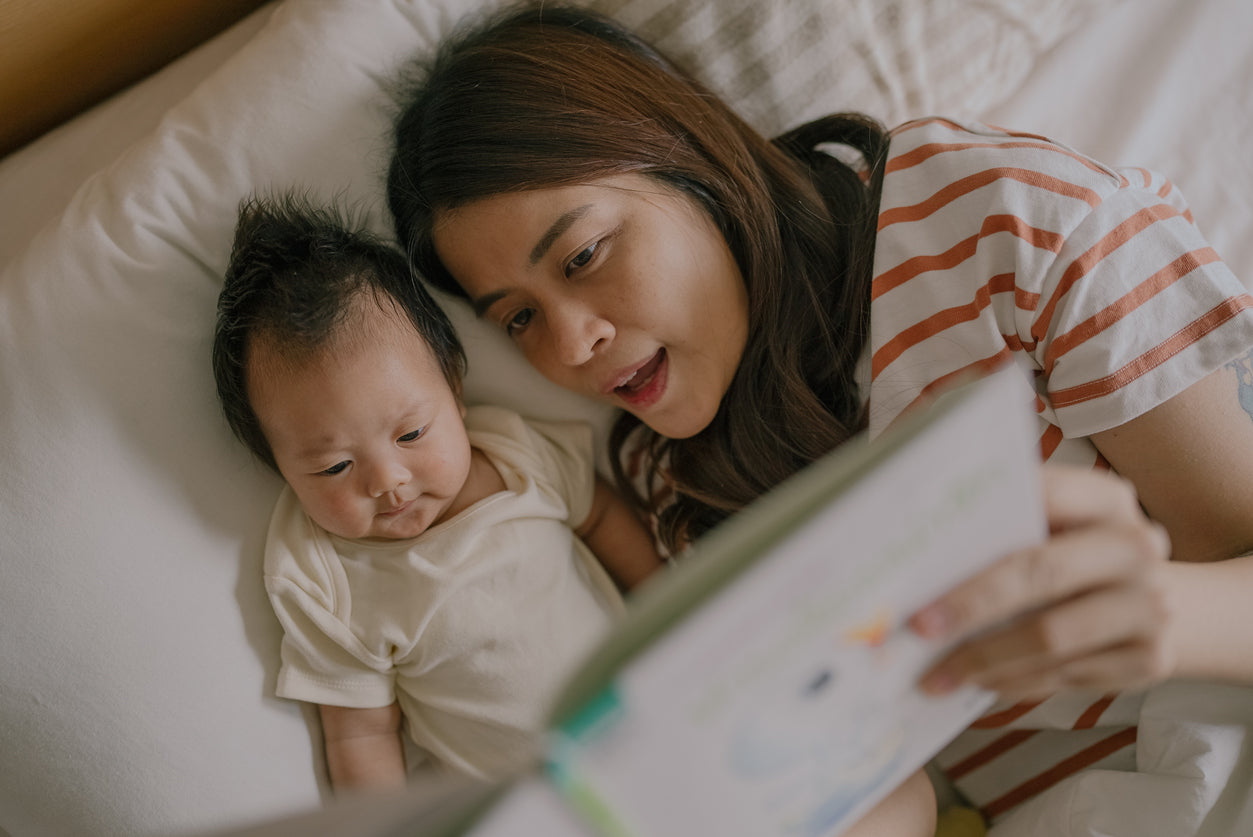
0-2 months Language & Communication
How You Can Help Your Baby Thrive
- Read to your baby. You don’t have to read every word, but talk about the pictures. Choose books that are sturdy and have large colorful pictures. Books with baby-safe mirrors can be fun too.
- Use “infant-directed speech” ("baby talk").
- Narrate to your baby what you are doing, what is happening around them, where you and going and who you will see. At first, you can have one sided conversations, asking and answering questions.
- Match coo-for-coo when your baby makes sounds. Listening and then repeating the sound will encourage verbal explorations and teach her to take turns “talking” back and forth in conversation.
- No screen time expect for video calls till your baby is 18 months old.
top list
Baby Toys For 0-2 Months Language And Communication Development
Check out the full collection here.
0-2 Months Cognitive Development
During the first few weeks after birth, it might seem that your baby does little more than sleep, cry, and feed. But research tells us that there is much more going on. The newborn brain is busy processing information, searching for patterns, and learning. Even when they sleep!
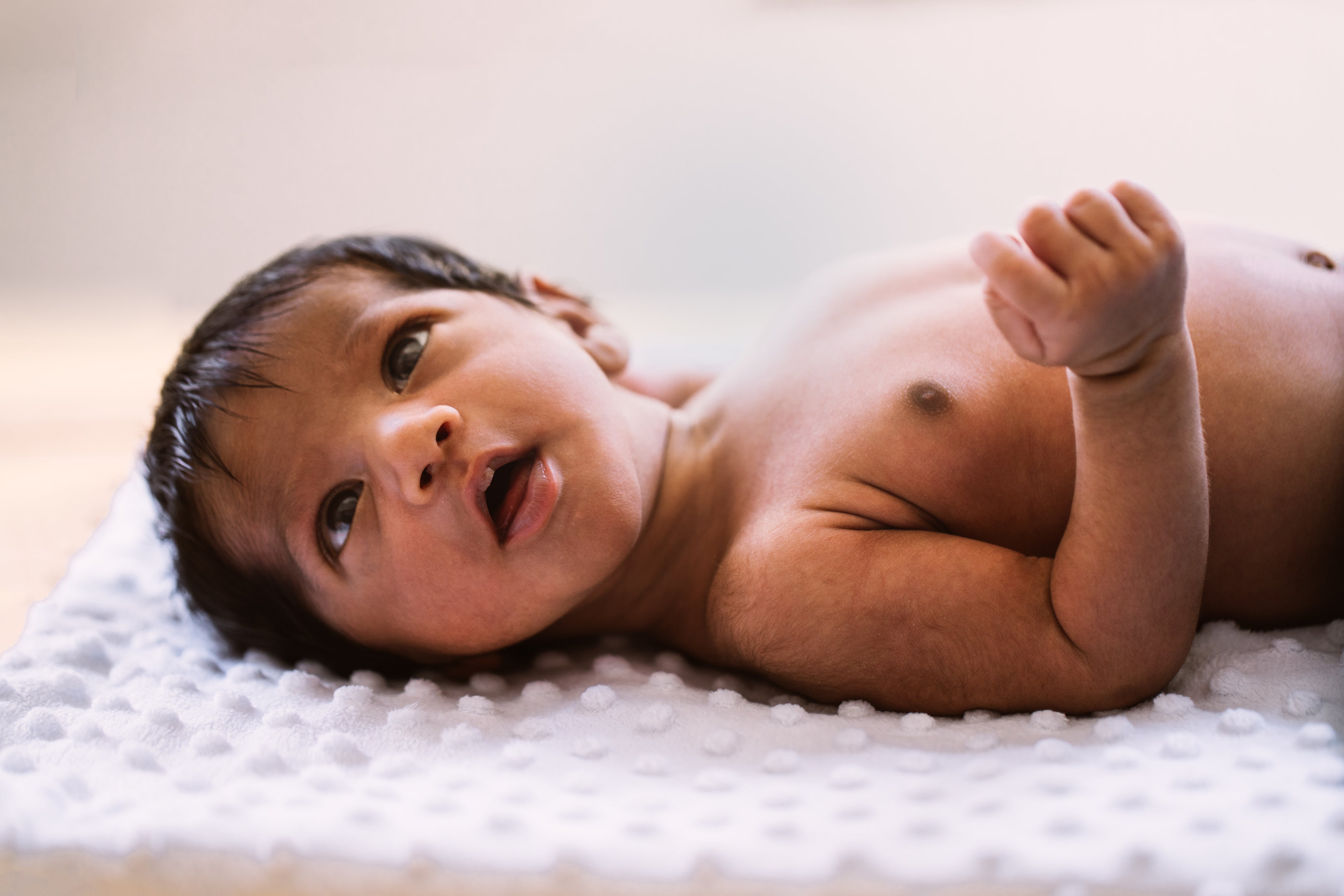
0-2 months Cognitive
Milestones
- Watches you as you move
- Looks at a toy for several seconds
- Responding to familiar voices and sounds
- Recognizing faces and tracking moving objects
- Reacting to bright lights and contrasting colors
- Developing basic reflexes, such as sucking and grasping
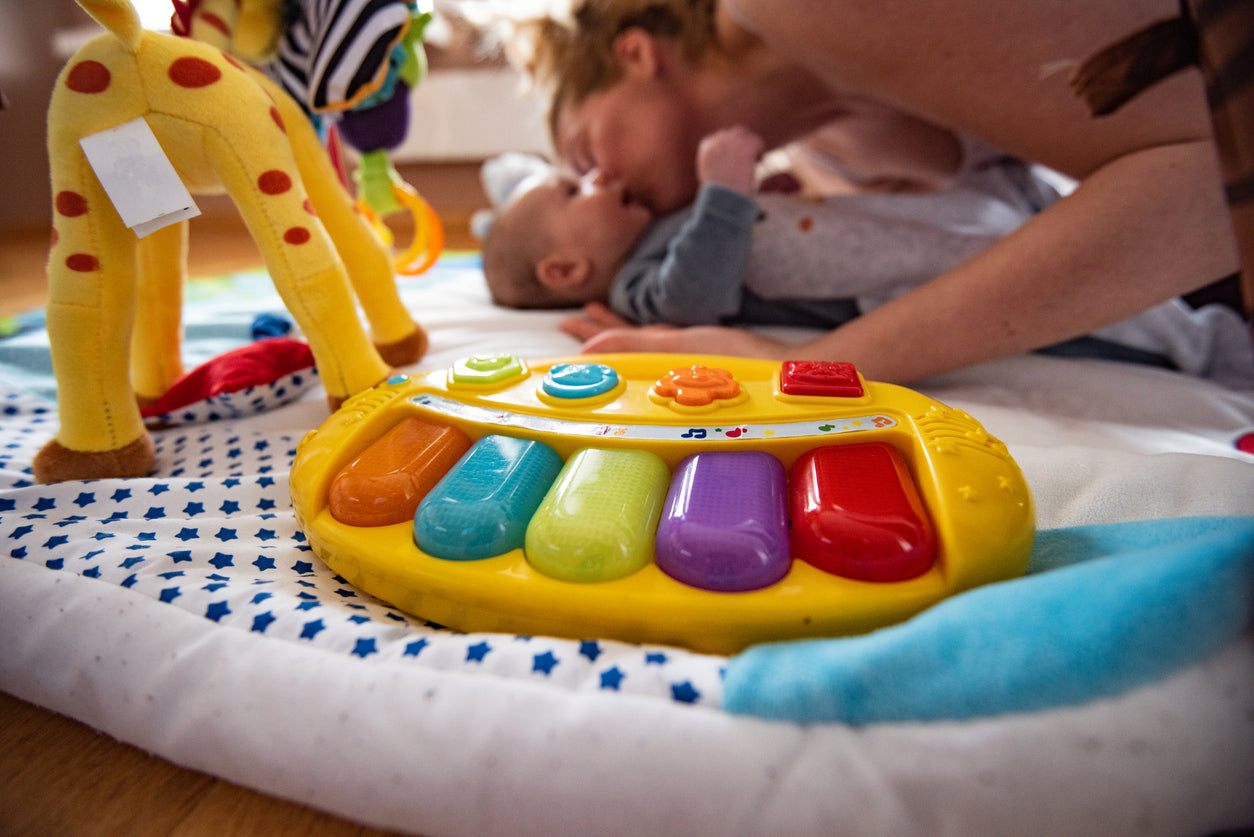
0-2 months Cognitive
How You Can Help Your Baby Thrive
- Read, sing and turn up the baby talk. Remember eye contact. Books and mobiles are a great developmental toys for babies to activate your little one's brain.
- Expose your baby to a variety of toys and textures.
- Playing music has a positive effect on child’s cognitive development. Try a musical player with lullabies, or the Virtuoso Bear which plays classical music you can both enjoy!
0-2 Months Motor Development
Newborns can move their head to the side. You may see this with their first feeding when the “rooting” reflex prompts them to turn toward the nipple. But infants don’t have much neck control the first few weeks. Your baby needs your help to support her head, and strengthen her neck muscles through tummy time.
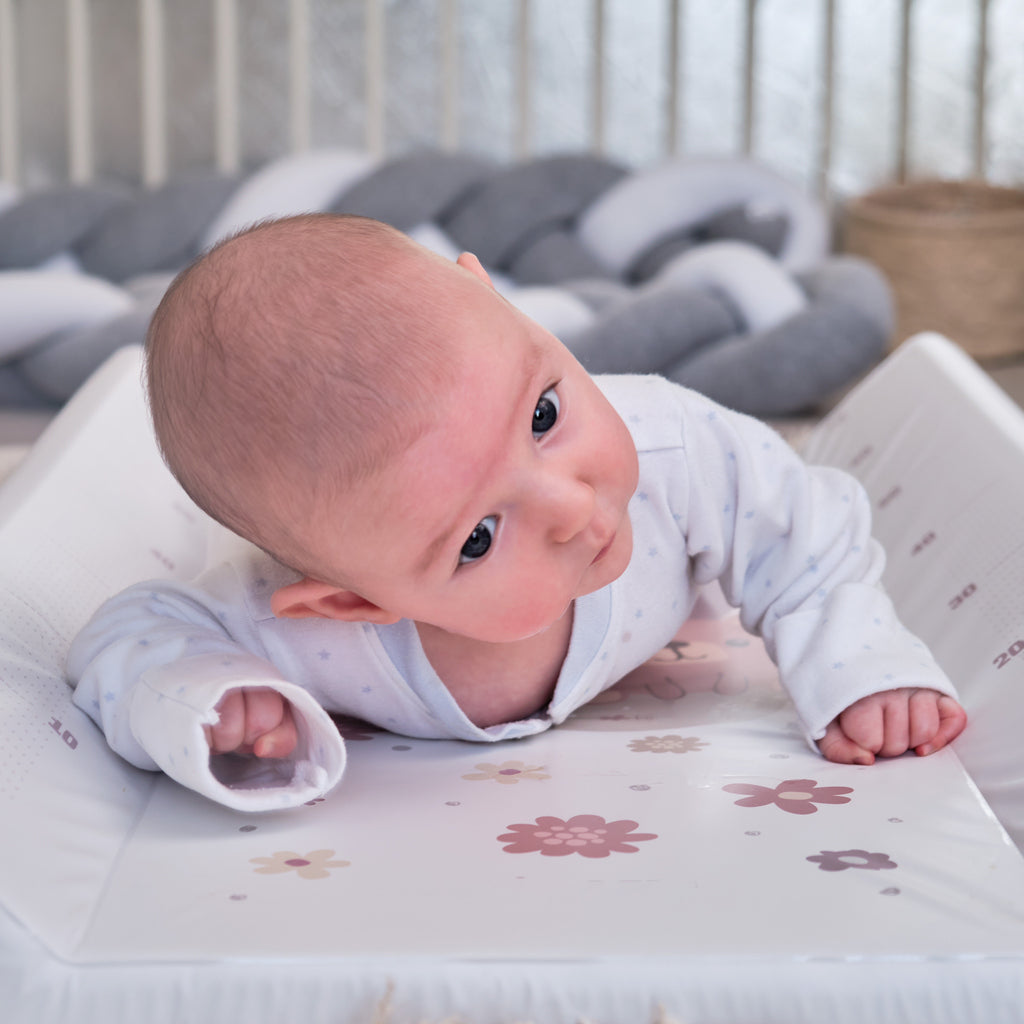
0-2 months Motor Development
Milestones
- Holds head up when on tummy
- Infants grasp reflexively from birth, but during the first 2 months they may be able to hold a rattle for a short time and glance from one object to another
- Moves both arms and both legs
- Opens hands briefly
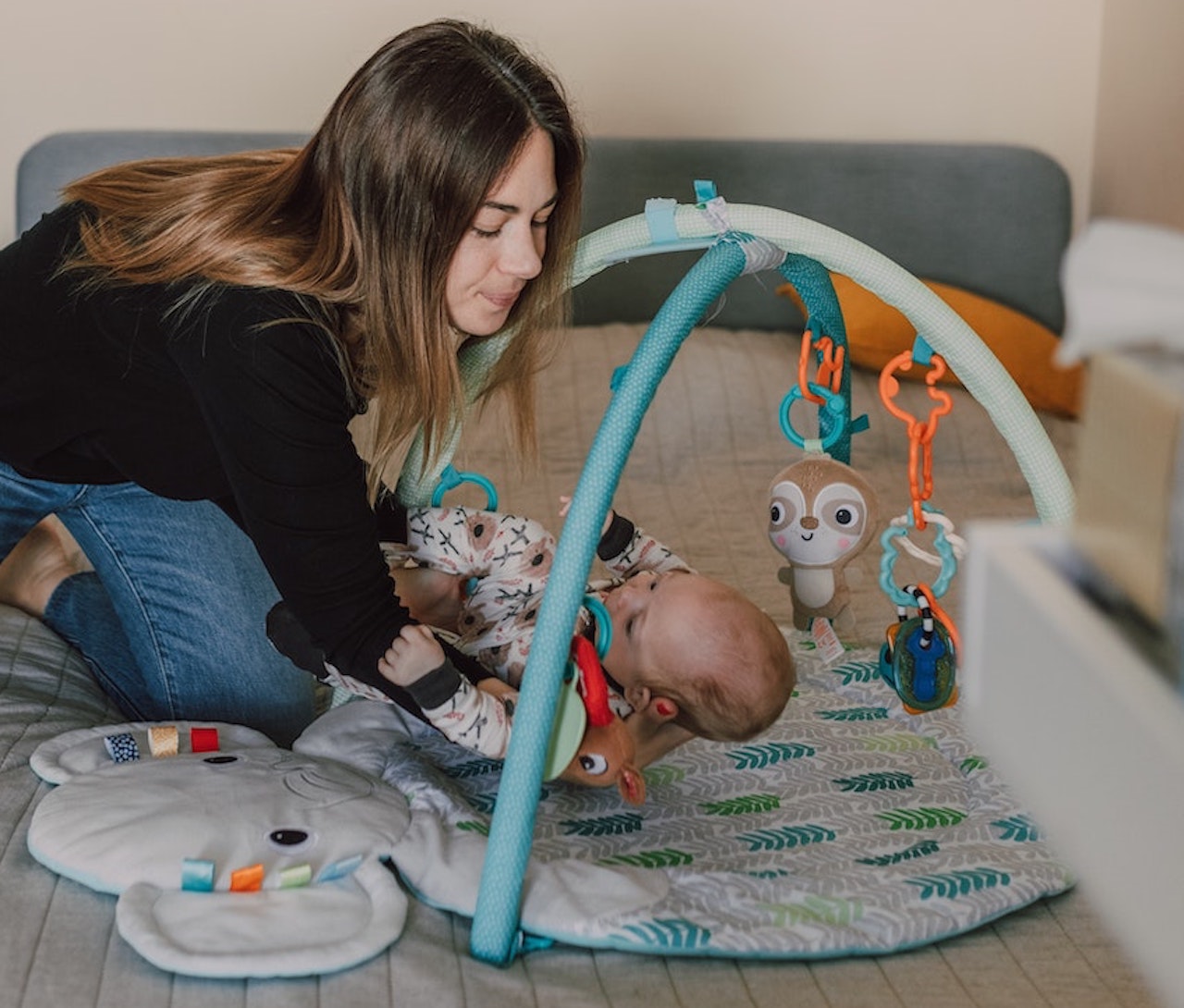
0-2 months Motor Development
How You Can Help Your Baby Thrive
- Tummy time! Lay your baby on her tummy when she is awake for a 1-2 minutes at a time initially and put toys at eye level in front of her. This will help her practice lifting her head up. A baby mat and baby gym will help to ensure your baby is comfortable. Use a tummy time mirror, and tummy time toys to stimulate your baby on the floor.
- Use a mobile and hold other bright objects in front of your baby for them to reach for.
- Give your baby a rattle to practice holding objects.
- Show black-and white flash cards and story books for them to focus their vision on.
- Encourage eye-contact (e.g. when you feed or change a diaper).
0-2 Months Sensory Development
The first twelve months of a baby’s life are full of sensory advancements. Sight, smell, hearing, touch, and taste all develop faster during the first 12 months of life than during any time thereafter. As a baby’s senses become more refined, their unique preferences and responses begin to reveal themselves, and their personalities begin to shine. What more, senses don’t shut down even when newborns sleep! Research shows, they can can learn from the sounds and physical sensations they experience while they are dozing.
- Touch: Touch is your baby’s first sense to develop, starting around 7 weeks of pregnancy. Once your baby is born, touch plays a central role in their bonding process with you as you feed, cuddle, and bathe them. Touch also helps your baby communicate their needs and wants, interact with other people, and explore their environment. Newborns have highly sensitive skin in particular their mouth, cheeks, face, hands, abdomen, and the soles of their feet. Newborns are capable of inferring the appearance of an object from touch alone (Streri 2003; Streri and Gentaz 2004; Sann and Streri 2007; San and Streri 2008). In other words, newborns use touch to help make sense of visual information. When they touch your face, they may be learning how to recognize it visually.
- Taste: Babies prefer sweet tastes over sour or bitter tastes. Babies are attracted to breastmilk and can even recognize their mother’s breastmilk from another. In the first two months of life your baby will only feed breastmilk and/or formula.
- Sight: From birth babies’ vision is abuzz with all kinds of visual stimulation. Just after birth, a baby sees only in black and white, with shades of grey. They may look intently at a highly contrasted target (cue in black and white cards). They prefer to look at faces over other shapes and objects and at round shapes with light and dark borders (such as your adoring eyes). Your baby may fixate on your face and eyes, especially during a feeding, when your face is about a foot away. Newborns cannot see very far — only objects that are 8-15 inches away, typically the distance to the parent’s face. For the first two months of life an infant’s eyes are not well coordinated, and may cross or wander. Research has shown that black and white, being the ultimate in high contrast, registers the strongest on a baby’s retina. This in turn stimulates the brain. Strong visual signals to the brain mean more brain growth and therefore faster visual development.
- Hearing: Most babies have good hearing from birth. They could even hear mum’s voice, and other noises, when they were still inside mummy’s belly. Newborns have been shown to prefer their mum’s voice to a stranger’s. It may take up to six months before they can hear and understand a full range of sounds, because it may take some time for the fluid in your baby’s ears are to completely clear up after birth, and because parts of your baby’s brain that deal with hearing are still developing.
- Smell: Newborns have a highly developed sense of smell and is similar to an adult’s sense of smell. Though your baby can’t yet recognize you by sight, they’ll know you by your natural scent, and that’s what they’ll most want to smell. They’ll also be drawn to the scent of your breast milk. These smells are connected to their basic needs for comfort and food.

0-2 months Sensory Development
Milestones
- Sight: Limited color, begins to make eye contact. By eight weeks, babies begin to more easily focus their eyes on the faces of a parent or other person near them.
- Smell: Will turn towards the source of food.
- Hearing: Will react to familiar sounds, and reacts to loud sounds with startle reflex.
- Touch: Will crave skin-to-skin contact. Able to respond to touch with their grasping reflex (e.g. if you stroke the palm of your baby’s hand, they’ll curl their fingers around yours and grip them. Or, if you put a toy in the palm of their hand, they can grip it). Most infant reflexes disappear as your baby gets older.
- Taste: Attracted to sweets (breastmilk) and anticipates feeding.
0-2 Months Sensory Development
How You Can Help Your Baby Thrive
Sight:
- Baby loves to see your face. Encourage eye-contact e.g. when you feed her, interact with her or change her diaper.
- Encourage eye tracking with mobiles and overhead gyms.
- Hold up bright objects such as rattles in front of your baby for them to reach for.
- Show flash cards, black-and white cards and story-books to help your baby practice focusing her vision.
Smell:
- Familiar smells, like breast milk, calm and soothe your baby. If you are swaddling your baby, wear the swaddle around your neck when your baby isn’t sleeping in it. They love your smell most of all and it will give them comfort helping them fall asleep.
- You can help them distinguish your scent by not wearing highly perfumed or fragranced skin products.
Hearing:
- Baby loves the sound of your voice. Try singing and narrating your day.
- Expose your baby to music and different sounds through musical players and toys, night light sound machines, white noise machines, rainmakers and rattles.
- Avoid loud places to protect your baby's hearing, but if you must take her, be sure to protect her ears with noise cancelling baby earmuffs.
- Make sure to place white noise machines at least 7 feet away (200 cm) from your baby's crib to avoid damaging their hearing.
Touch:
- Plenty of skin-to-skin contact—you can wear your baby in a baby carrier when you're on the move. Get a nursing pillow to help you and your baby get comfortable during (and in-between) feedings.
- Give your baby soft toys that are safe to chew on to investigate their feel and texture.
- Pamper your little one with some home spa time! Get a comfortable bath tub. Aim for bath water around 100 F (38 C). Throw in a bath thermometer to check the temperature. Make sure to wrap your baby in a towel quickly after the bath - for extra cuteness get a hooded baby towel. Try baby massage with baby massage oils for extra pampering!
Taste:
- Babies are attracted to the sweet flavor of breast milk and formula. If breastfeeding, eat a varied, nutritious diet. Your baby will be able to taste the changes in your milk.
